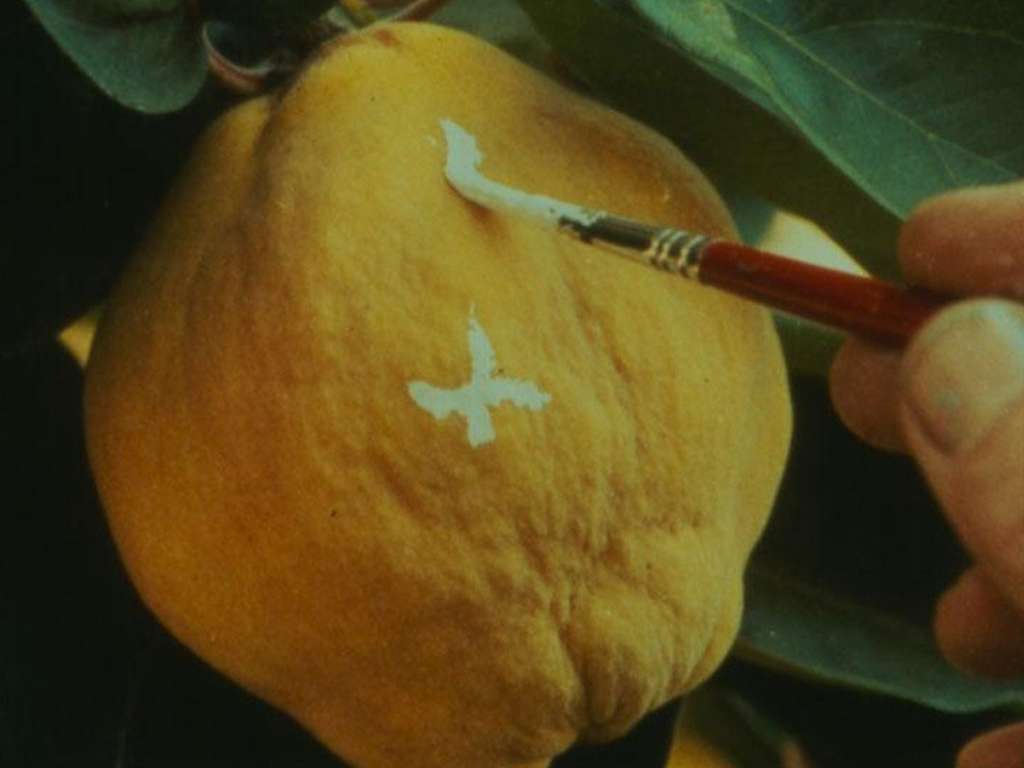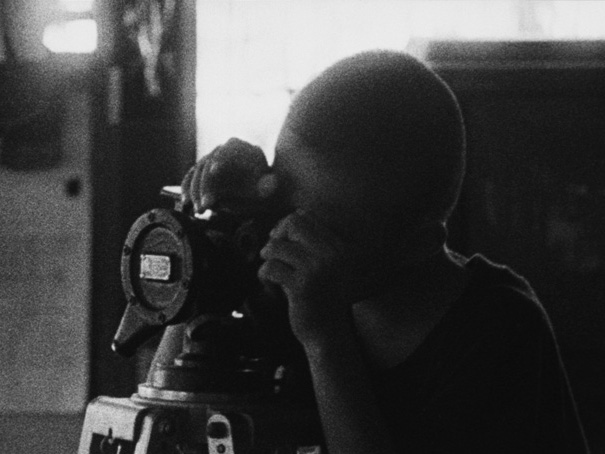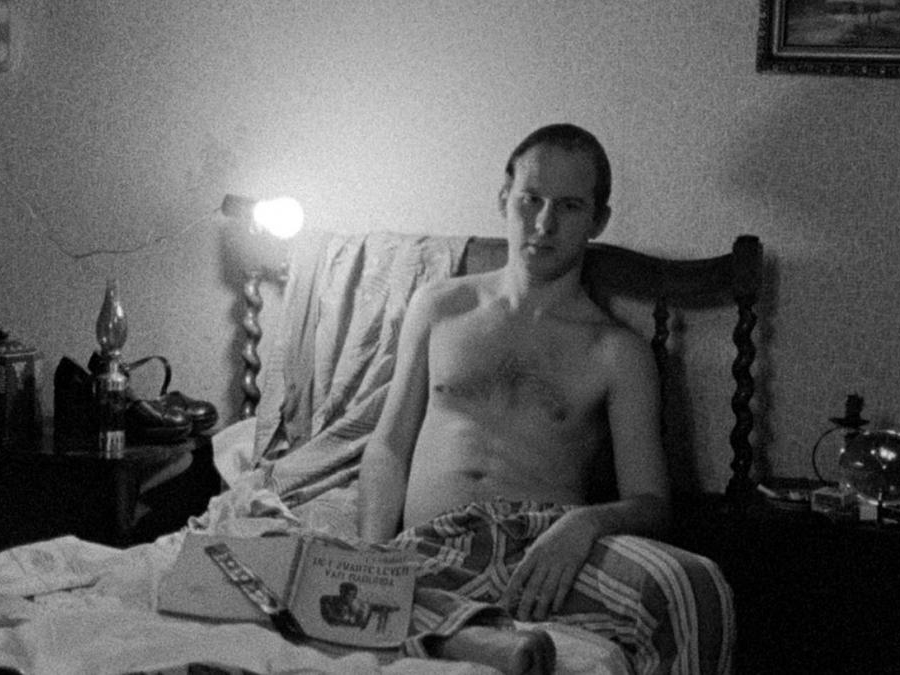Week 13/2024
El sol del membrillo is a film that emerged from somewhere between everyday life and dreams, between city and nature, between two seasons, at the equinox of autumn. The painter Antonio Lopez decided it was time to paint the quince tree he had planted in his garden. Filmmaker Víctor Erice, who hadn’t found yet a reason to film, decided that “the idea of capturing the sun of that season linked to the content of the [quince tree] dream [Lopez once told], with its extraordinary images, [was] the impetus to start shooting without any written script.” Cinema and painting converged, driven by the same “mythical impulse” that is “the ingrained need to conquer time through the perpetuity of forms.” Far from being an art documentary, or an attempt to demystify the act of creation , it is an invitation to listen and look again.
Mysterious Object at Noon (2000) by Apichatpong Weerasethakul is a film that explores storytelling in its many forms. “My story isn’t really connected. I just made it up in an instant,” says one of the storytellers, as if having to apologize, but laconically revealing the heart of the film. Taking its inspiration from the surrealist game cadavre excquis – a method by which a collection of words or images is collectively assembled – the film invites us to witness and participate in a story that travels the length and breadth of Thailand. What will come next? What will we hear next? The way one becomes invested in a relationship between people and things, between things and words, ensures that, in the end, each one of us has drawn something that might still elude us.
Pierre, the first film by Jan Decorte, is a rather unusual debut in Flemish cinema, or as Dirk Lauwaert wrote, an “almost suicidal attempt for a young (Flemish) filmmaker.” “Above all,” he continues, “it is his aesthetic position pursued in the camerawork and the framing, in the sophisticated attention to décor and space […] that makes him an interesting metteur en scène.” Isn’t it unfortunate that the more radically simple a film becomes, the more it seems futile, or “suicidal”? Pierre, as well as the other films in this week’s selection, reminds us that although the seventh art came into being through its industrialisation, it couldn’t have been industrialised if it wasn’t an art form.




